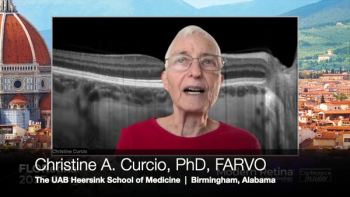
Acute glaucoma is an inflammatory disease
Acute glaucoma in mice is largely an inflammatory disease, and high intraocular pressure (IOP) causes vision loss by starting an inflammatory response similar to that caused by bacterial infections.
Acute glaucoma in mice is largely an inflammatory disease, and high intraocular pressure (IOP) causes vision loss by starting an inflammatory response similar to that caused by bacterial infections. That's according to researchers at the University of California, San Diego (UCSD) School of Medicine and Sun Yat-sen University in China.
"Our research is the first to show an inflammatory mechanism by which high ocular pressure causes vision loss in acute glaucoma patients," said co-senior author Professor Kang Zhang, MD, PhD, a professor of ophthalmology at UCSD.
The findings were published in the
In the study, the investigators showed that a rapid, sustained large increase in IOP in mice turns on the TLR4 gene, which activates a protein, caspase-8. This signalling protein, in turn, triggers the production of inflammatory proteins that normally help mammals fight microbial infections.
"This immune response is a double-edge sword because, while these proteins protect us from infection in a normal situation, they stimulate apoptosis in retinal cells in cases of acute glaucoma," said Prof. Zhang, who is also a staff physician at the Veterans Affairs San Diego Healthcare System.
To further confirm the mechanism linking high IOP to retinal damage, the researchers showed that they could slow retinal cell death in mice with acute glaucoma by suppressing either the TLR4 gene or caspace-8 protein. The latter is particularly significant because caspace-8 inhibitors are being tested in clinical trials of potential cancer and stroke treatments.
"By injecting these inhibitors into the eyes of acute glaucoma patients, it may be possible to evaluate and bring them vision-sparing treatments more quickly," said paper co-author Professor Robert N. Weinreb, MD, chairman and Distinguished Professor of Ophthalmology at UCSD.
Newsletter
Get the essential updates shaping the future of pharma manufacturing and compliance—subscribe today to Pharmaceutical Technology and never miss a breakthrough.










































